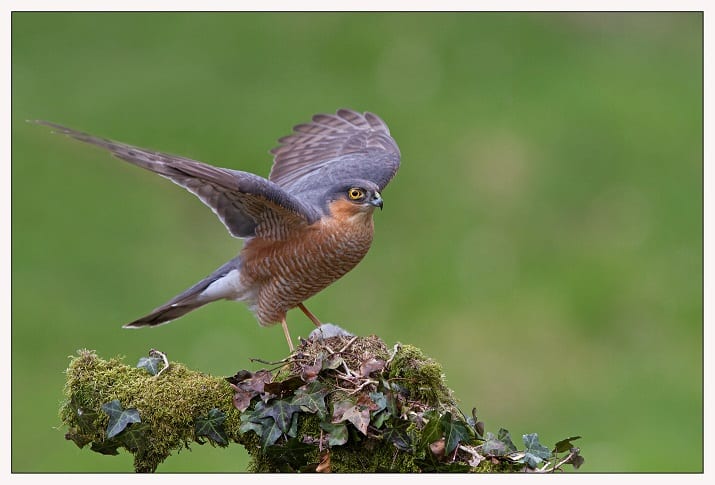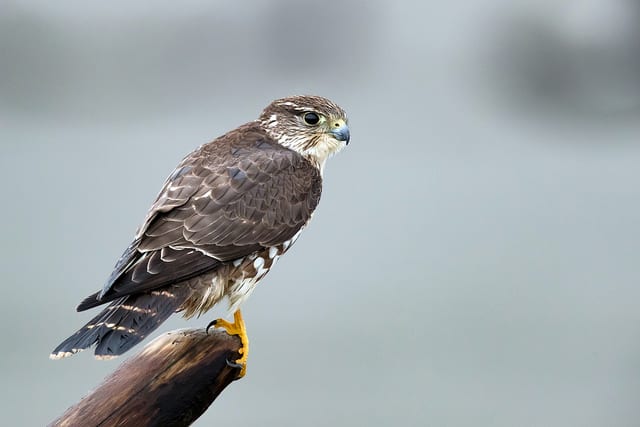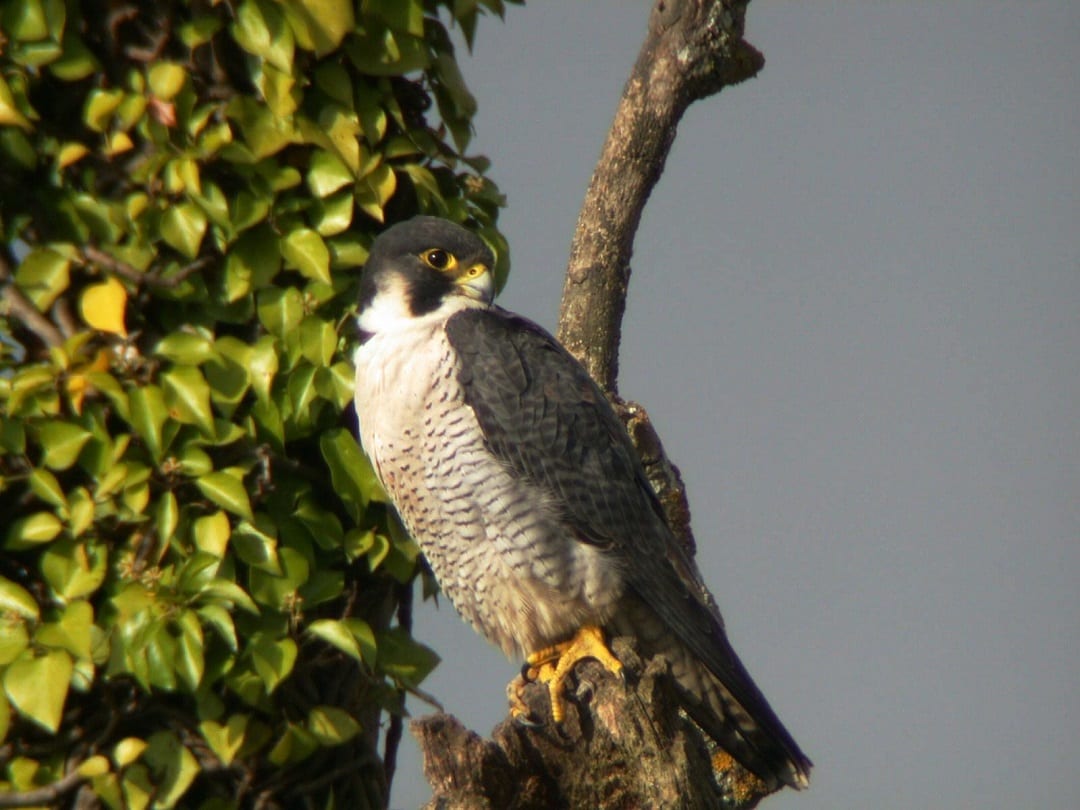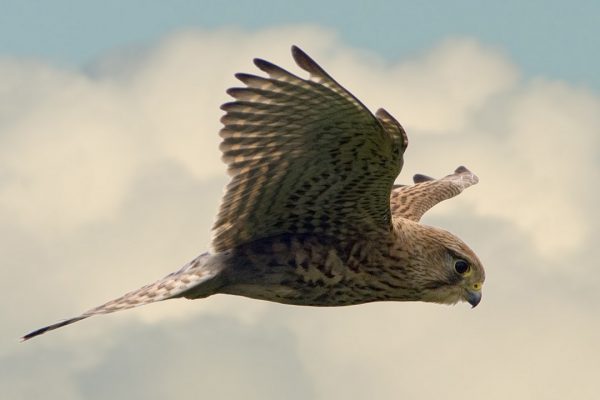
Kestrel
| Irish Name: | Pocaire gaoithe |
| Scientific name: | Falco tinnunculus |
| Bird Family: | Raptors |
red
Conservation status
Conservation status
Status
Widespread resident throughout Ireland.
Identification
A species of falcon. A small bird of prey with long, relatively narrow wings and tail. Has a short, hooked bill for eating meat. Usually, hovers, with a fanned tail, when hunting for its prey, when it manages to keep its head stationary despite its rapid wing beats. Male and female birds have different plumages but both sexes are recognised by their brown back and inner upperwings which contrast with their dark upper outer wings. Confusion with Sparrowhawk is possible but Kestrel has narrower, straighter wings and flies using less gliding in its flight. Males have one, terminal band on the upper tail and show a blue-grey upper tail and rump; females have a series of bands on a brown upper tail. Males have a blue-grey finely streaked head and females a brown streaked head. Both sexes have finely barred underwings with dense spotting on the body. Immature birds are similar to adults, but first summer males and juveniles can be separated from adults, please refer to a field guide.
Voice
Repeated quickly, a series of short sharp notes.
Diet
Mainly small mammals, but will also take insects and invertebrates and sometimes birds. Can see small mammal 'runs', which it scans for signs of movement.
Breeding
A widespread breeder throughout the country. Nests in trees, buildings or in cracks in cliffs. Will use old crows nests. Found in wide variety of open habitats including coasts, moor land, farmland, wetlands, roadside verges and town parks.
Wintering
Largely resident within breeding territory. Some birds move within the country, especially down from the uplands.
Monitored by
Blog posts about this bird
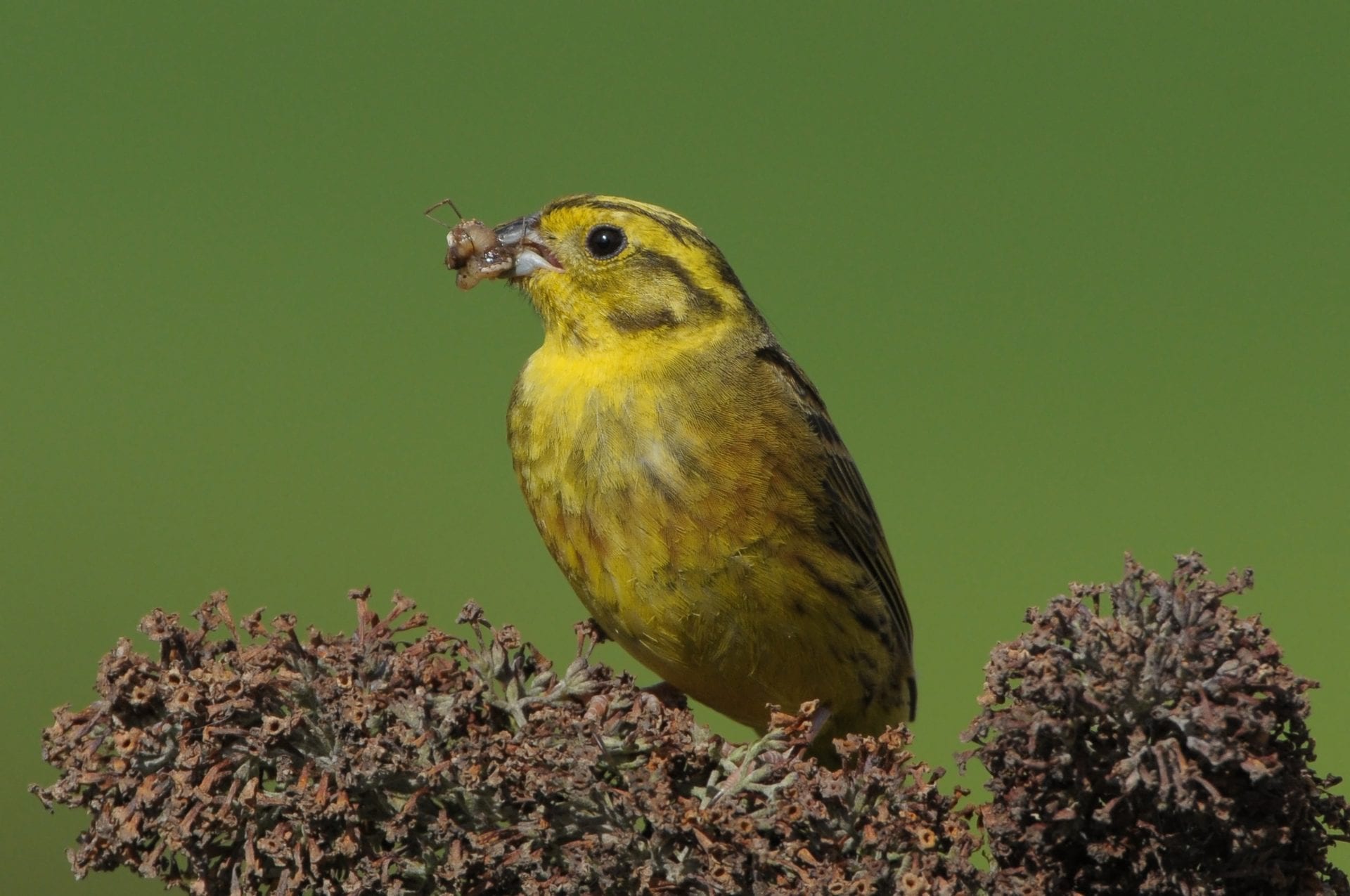
BirdWatch Ireland welcomes State purchase of Dowth Estate and establishment of Ireland's seventh National Park
BirdWatch Ireland welcomes the news of the State’s purchase of Dowth Hall demesne in County Meath and the establishment of the 500-acre property as a new National Park.
On Friday, Minister for Housing, Local Government and Heritage, Darragh O Brien TD confirmed the State’s purchase of the World Heritage lands of Dowth Hall and demesne, along with the establishment of a new National Park – the Boyne Valley (Brú na Bóinne) National Park.
A cultural and natural heritage site of national and international importance, the demesne includes Dowth Hall, an eighteenth-century neoclassical country house, and Netterville Manor, a late Victorian almshouse. The lands amount to approximately one-third of the total area of the UNESCO World Heritage Property of Brú na Bóinne, which includes the great Neolithic passage tombs of Newgrange, Knowth and Dowth.
The purchase paves the way for the establishment Ireland’s seventh National Park. It is the second National Park to be established in the east of the country alongside Wicklow Mountains National Park.



Grey Partridge. Photo: Colum Clarke.
Dowth has been actively managed by Devenish Nutrition over the last decade to preserve its cultural heritage and biodiversity. As well as their position within the Brú na Bóinne World Heritage Property, the Dowth lands are important places for nature. They host a wide range of habitats, including species-rich grasslands, native woodlands and mature hedgerows. The Boyne River which runs through the lands is designated as a Special Area of Conservation (SAC) under the Habitats Directive, and as a Special Protection Area (SPA) under the Birds Directive. Following the State purchase, the National Parks and Wildlife Service (NPWS) will maintain the careful management of the farmlands, habitats and species to date and will work to protect and improve it even further. The new Boyne Valley (Brú na Bóinne) National Park is rich in bird life. 54 species of birds have been recorded at the site including Red-listed species of conservation concern such as Grey Partridge, Woodcock, Kestrel, Swift and Yellowhammer. 19 species recorded at the site are on the Amber list, including Kingfisher, Common Sandpiper, Cormorant and Little Grebe. Dowth is also a haven for other wildlife and plants. The River Boyne is of national importance for a number of species of bat including Common Pipistrelle, Soprano Pipistrelle, Natterer's Bat, Brown Long-eared Bat, Leisler’s Bat, Whiskered Bat, Daubenton’s bat and Nathusius’ Pipistrelle. It also hosts many species of butterfly including Small Tortoiseshell, Ringlet, Holly Blue, Peacock, Meadow Brown, Speckled Wood, Large White, Green-veined White, Small White, Red Admiral and Painted Lady. While surveys have not been completed, it is likely that a large population of macro-moths (of which there are over 800 species) occur within managed habitats. Seven species of bee have also been recorded here including White-tailed Bumblebee, Honey Bee, Common Carder Bee, Garden Bumblebee, Early Bumblebee, Red-tailed Bumblebee and Buff-tailed Bumblebee.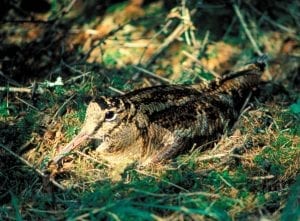
Woodcock on the nest. Photo: Richard T Mills
Minister for Housing, Local Government and Heritage, Darragh O’Brien TD welcomed the significant purchase and highlighted the many opportunities it could bring. “Rarely does the State get an opportunity to acquire lands of such significance. This landscape and property is of exceptional heritage importance. Here in this one place, we have over 5000 years of recorded history. In our care, it will significantly enhance our management of the Brú na Bóinne World Heritage landscape. We will conserve and protect Dowth’s heritage in line with our obligations to UNESCO and we will enhance responsible tourism, ensuring it becomes a standout destination. This purchase opens up possibilities for us to develop heritage partnerships, protect remarkable heritage and make it accessible. It is simply an outstanding opportunity for an outstanding place.” Minister of State with responsibility for Heritage and Electoral Reform, Malcolm Noonan TD said that the purchase represented an “outstanding addition to Ireland’s family of National Parks”. “We look forward to sustaining and growing this legacy to ensure that farming, nature and the cultural heritage of this ancient landscape can continue in harmony, as they have done since our ancestors first settled in the Boyne Valley over 5,500 years ago. Through our partnerships with state agencies, departments, local authorities and communities – which are enshrined in Heritage Ireland 2030, our national heritage plan – we are committed to nurturing Dowth as a key pillar of Ireland’s remarkable heritage that we can all admire, be proud of and enjoy.” The National Parks and Wildlife Service (NPWS), the National Monuments Service and the Office of Public Works (OPW) will now work together to deliver a Masterplan for the property that allows for the protection, presentation and management of this area of the Boyne Valley. Management of Dowth Hall and lands will form part of the existing Brú na Bóinne Management Plan and strengthen the vision for the protection of Dowth’s remarkable heritage, including the Neolithic passage tomb discovered in 2017 under Dowth Hall itself. “The work begins now of developing a Masterplan for Dowth. We will approach this with a keen sense of responsibility, ambition and excitement, knowing that this is a remarkable opportunity for Ireland’s heritage to play a lead role in the regional economy and in place-making for the east of the country,” said Niall O Donnchu, Director General of National Parks and Wildlife Service. “This new National Park is a special place where history, heritage, nature and culture collide. We will work with stakeholders in developing a Masterplan that will deliver on its full potential for locals, visitors and generations to come. I want to pay tribute to our team across the National Parks and Wildlife Service and the National Monuments Services for their work on this acquisition, and on their readiness to take over custodianship of this remarkable place from Devenish who have championed and maintained it with such care over the last 16 years.”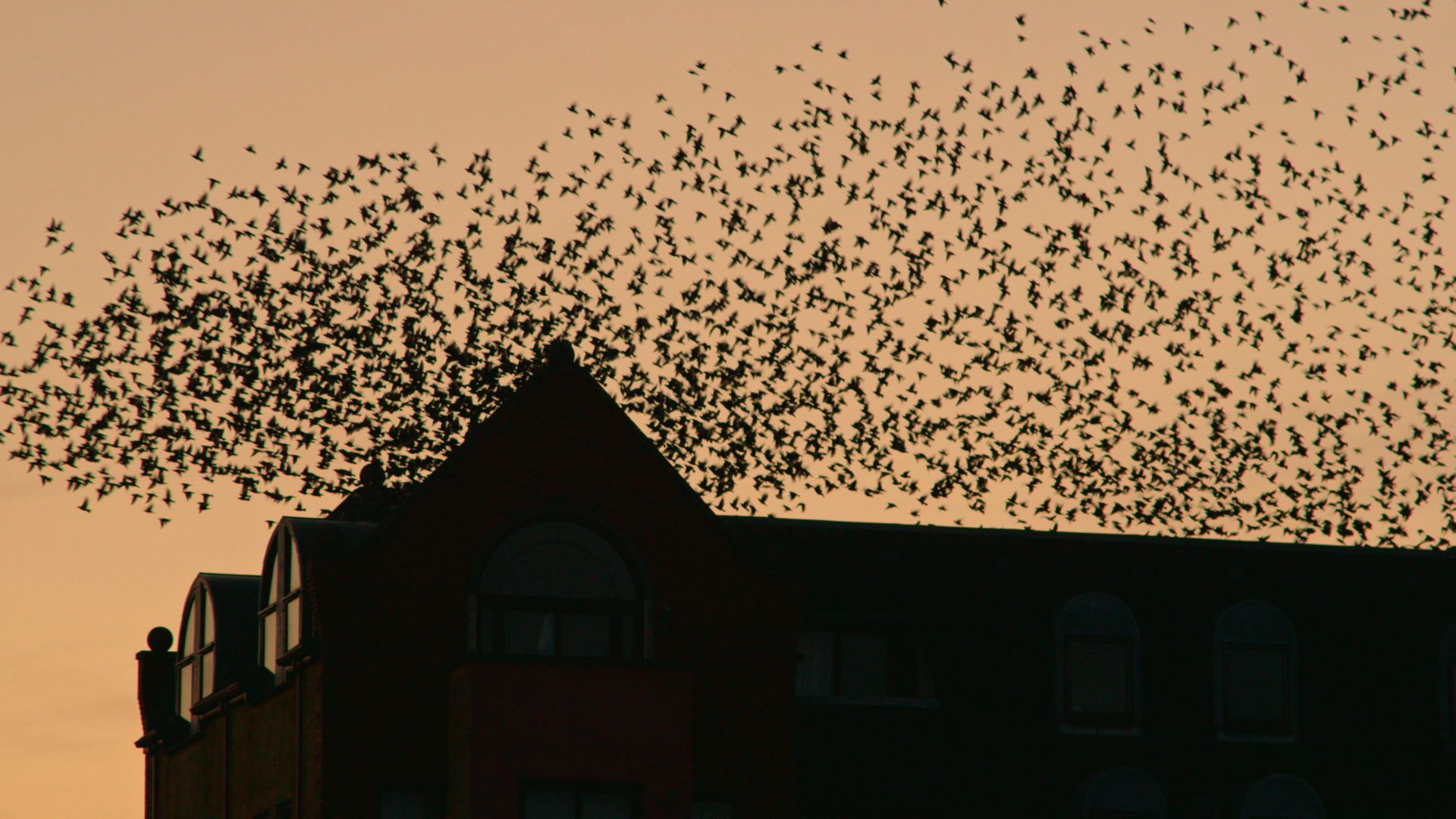
Wildlife in Buildings documentary
[vc_row type="in_container" full_screen_row_position="middle" scene_position="center" text_color="dark" text_align="left" overlay_strength="0.3" shape_divider_position="bottom" shape_type=""][vc_column column_padding="no-extra-padding" column_padding_position="all" background_color_opacity="1" background_hover_color_opacity="1" column_link_target="_self" column_shadow="none" column_border_radius="none" width="1/1" tablet_width_inherit="default" tablet_text_alignment="default" phone_text_alignment="default" column_border_width="none" column_border_style="solid"][vc_column_text]
Certain species are expected residents within our buildings, and for some the association with buildings is apparent even from their names, such as the ‘House Martin’ which builds its mud nest in the apex of the roof of occupied houses, and the ‘Barn Swallow’ which travels from Africa to nest in farmyards throughout the country. The vision of a Barn Owl floating silently from a ruined castle at dusk may seem familiar, but less expected occupants may be a pair of Kestrels nesting in a flower box outside a busy kitchen window, or a female Pine Marten raising her kits in the roof space of an occupied dwelling. Of course, much of the wildlife which use buildings go unnoticed, such as bats roosting in the attic of a house in which the inhabitants beneath remain blissfully unaware of their presence.
Given the importance of buildings for wildlife, changes to the built environment can affect wildlife associated with it. Wildlife in buildings can often be harmed during works due to a lack of awareness of their presence or indeed knowledge of how plan renovations and works in order to avoid disturbance, which is usually always possible. The loss of old stone structures due to demolition, dilapidation or renovation is linked to declines in species such as Barn Owl and Swift, which are dependent on these structures. Modern buildings do not provide the same opportunities for wildlife. However, there is a lot that we can do to improve modern buildings for wildlife to ensure that we continue to make space for nature.
BirdWatch Ireland and CrowCrag Productions in partnership with Laois County Council, Clare County Council and Tipperary County Council and supported by the National Biodiversity Action Plan Fund of the Department of Housing, Local Government and Heritage have produced a nature documentary to celebrate the wildlife which have taken up residence in the built environment, and to showcase some of our most iconic wildlife species which are reliant on buildings for their survival.
John Lusby, BirdWatch Ireland, commented, ‘We wanted to celebrate the importance of buildings for wildlife and to create a better link between our built heritage and our natural heritage – as the two are intertwined. The diversity of species which use buildings, and the ways in which they have adapted to use the built environment, is truly astonishing. As the built environment is constantly changing, we need to make sure that we avoid disturbance to sensitive species and also to continue to provide space for wildlife in buildings, which has benefits for wildlife as well as ourselves. We hope that this feature increases awareness and appreciation of the importance of the built environment for wildlife and provides the necessary information to help conserve some of our most vulnerable and iconic wildlife which are dependent on buildings for their survival’.
Roisin O’Grady, Heritage Officer with Tipperary County Council said ‘We share the world with nature and it can be closer to us than we think. Tipperary County Council is delighted to support this film highlighting the importance of our built environment, heritage or otherwise in providing shelter for such a variety of species, some of which are our most vulnerable. Given the high levels of habitat loss we have experienced over the last number of years it is more important than ever to be aware of how species have adapted to our built environment and how we can support this ‘co-habitation’ and equally important in newer development how we ‘make space’ for nature’.
Congella McGuire, Heritage Officer with Clare County Council commented ‘The Local Authority Heritage Officer Network is delighted to be associated with this Wildlife in Buildings video and the guidance booklet ‘Wildlife in Buildings: linking our built and natural heritage’ both of which were produced with the support of the Local Authorities and National Biodiversity Action Plan Fund’.
The video ‘Wildlife in Buildings: linking our built and natural heritage’ is available to view below or here: https://www.youtube.com/watch?v=5lQt3C8uI5E This video accompanies the guidance booklet on Wildlife in Buildings, which is available here: https://www.kerrycoco.ie/wildlife-in-buildings/
‘Wildlife in Buildings: linking our built and natural heritage’ was produced by BirdWatch Ireland, Kerry County Council and Donegal County Council, with funding from the Department of Housing, Local Government and Heritage through the National Biodiversity Action Plan Fund.
https://www.youtube.com/watch?v=5lQt3C8uI5E&t=782s[/vc_column_text][/vc_column][/vc_row]

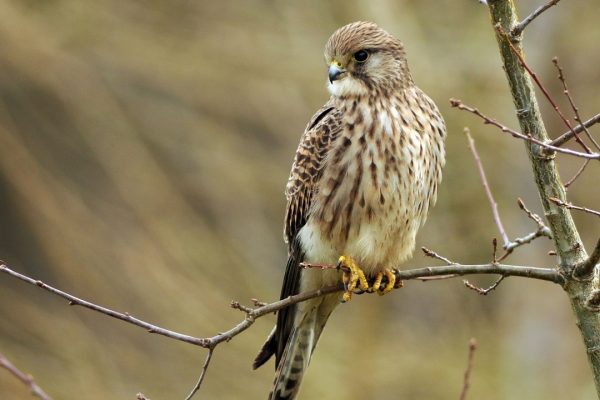
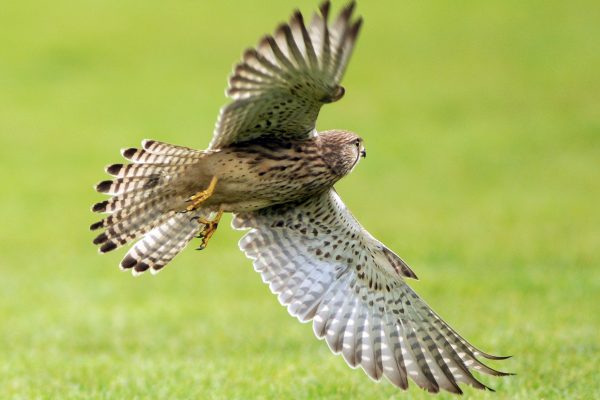
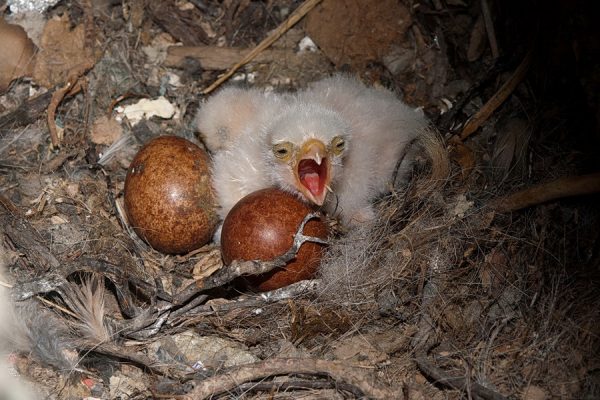
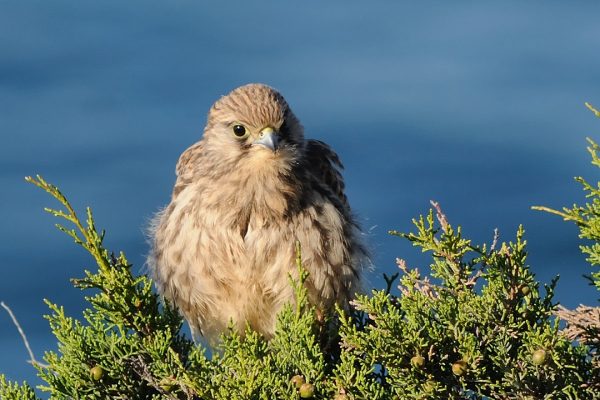


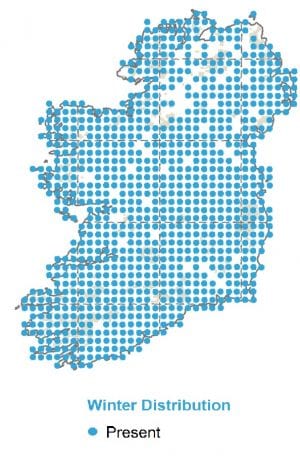
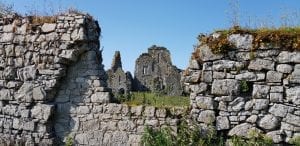 A ruined Abbey which is used by a wide range of wildlife © John Lusby
A ruined Abbey which is used by a wide range of wildlife © John Lusby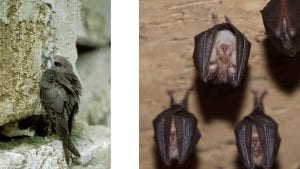 Swift © Artur Tabor, Lesser Horseshoe Bat © Ruth Hanniffy
Swift © Artur Tabor, Lesser Horseshoe Bat © Ruth Hanniffy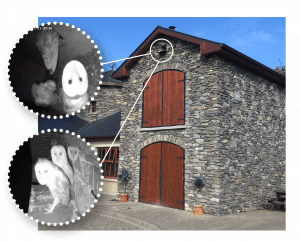 There are many ways we can improve modern buildings for wildlife such as this example, where a purpose built Barn Owl nest site was incorporated in the building
There are many ways we can improve modern buildings for wildlife such as this example, where a purpose built Barn Owl nest site was incorporated in the building 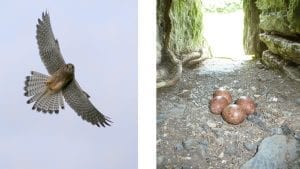 Kestrel in flight © Michael O'Clery, Kestrel nest in castle © John Lusby
Kestrel in flight © Michael O'Clery, Kestrel nest in castle © John Lusby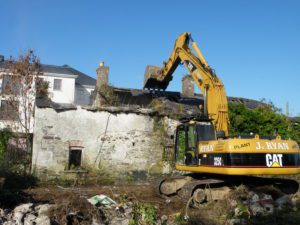 Renovations and other works on buildings can have unintended consequences for wildlife if not planned appropriately © Conor Kelleher
Renovations and other works on buildings can have unintended consequences for wildlife if not planned appropriately © Conor Kelleher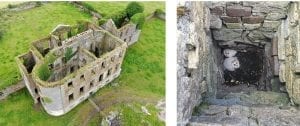 Workhouse in ruins © Michael O'Clery, Barn Owls in chimney nest © John Lusby
Workhouse in ruins © Michael O'Clery, Barn Owls in chimney nest © John Lusby